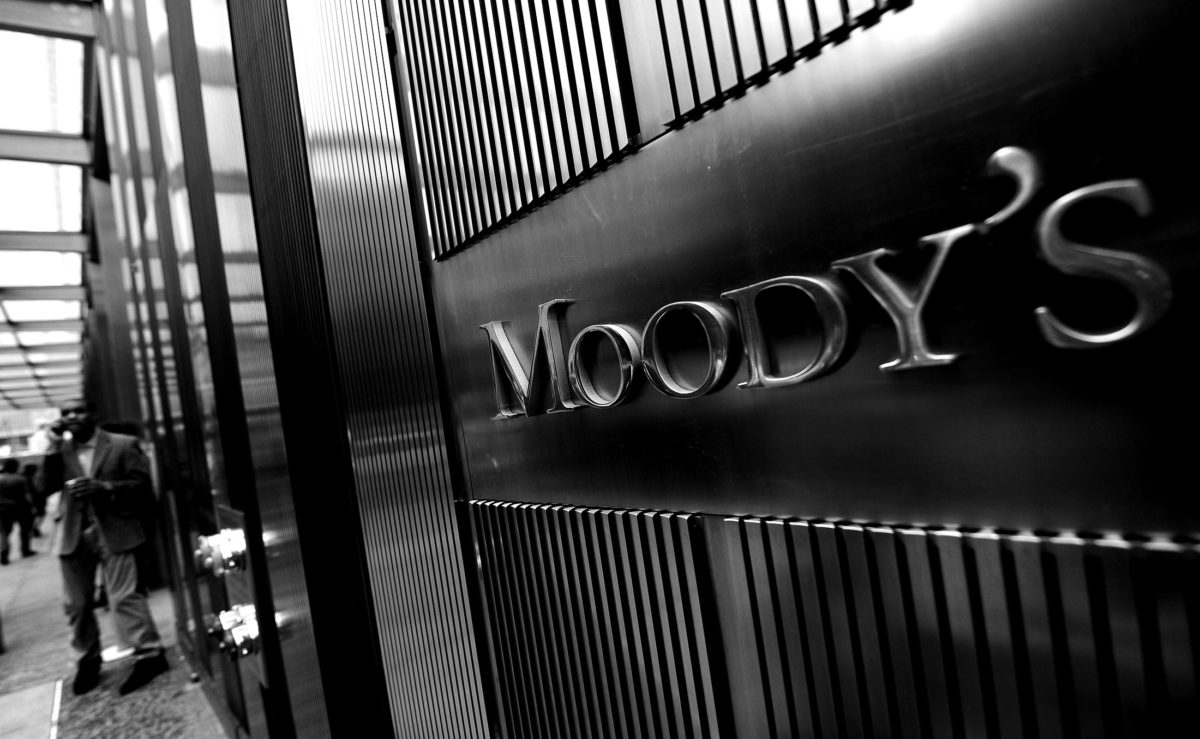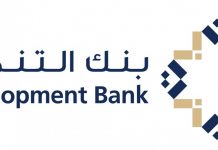The outlook for the United Arab Emirates (UAE) banking system remains stable as banks’ credit profiles are resilient in a stable but subdued economy, Moody’s Investors Service said in a report.
“Banks’ strong capital, stable funding and healthy liquidity balance weakening asset quality and softening profitability amid steady but subdued economic growth,” said Mik Kabeya, AVP-Analyst at Moody’s.
UAE banks will benefit from strong capital, stable funding and healthy liquidity that balance weakening asset quality and softening profitability, added the report.
Read: Abu Dhabi GDP Growth to Average 2.5% Through 2022, S&P Says
“OPEC production cuts will constrain hydrocarbon economic growth, while slowing global trade, moderate oil prices, a strong currency (given the peg between the local currency and the US dollar), and geopolitical tensions will weigh on the non-hydrocarbon economy.
Problem loans formation will increase as subdued economic growth means corporates will face lower business volumes and margin compression, while personal borrowers see limited wage growth,” added the report.
Ongoing renegotiation and restructuring of large corporate debt will limit reported problem loans formation, but increase the potential for future formation.
Strong capital gives banks the potential to absorb sizeable losses, and moderate oil prices will contribute to stable funding and liquidity conditions. UAE banks will remain primarily deposit-funded, with moderate recourse to confidence-sensitive capital markets.
Moody’s forecasts overall real GDP growth to remain stable at 1.7% in 2019 and 1.4% in 2020, compared with 1.7% in 2018, thereby stabilising below the 4.8% annual average of 2011-16. Moody’s expects credit growth of 4.0% in 2019 and 2020.






